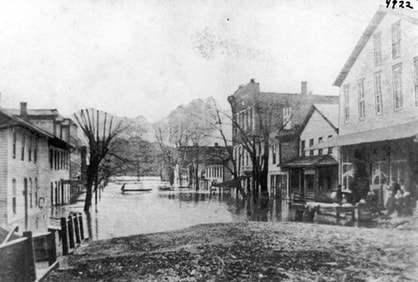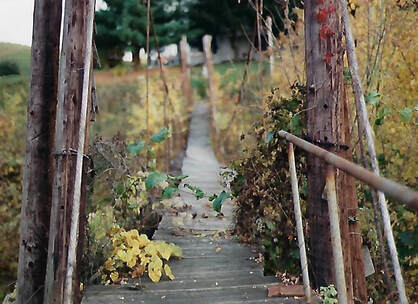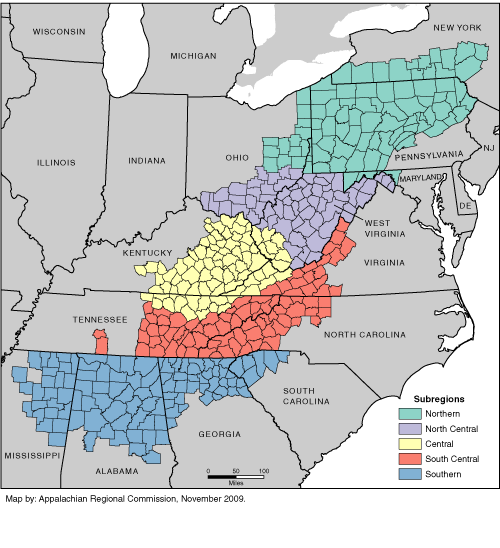|
Have you ever been reading, writing, or had an experience and then soon after see or read something that exactly relates to that experience? That’s the case when I read Matthew Ferrence’s new book Appalachia North (West Virginia University Press, 2019). Recent posts on this website described my interest at finding the cultural differences between northern and southern Appalachia and the importance of descriptions of location or place to a novel. Ferrence discusses both topics in his memoir based in part on previously published essays about his leaving and later returning to his Pennsylvania Appalachian roots. He writes about the culture of northern Appalachia, the Appalachian Regional Commission zone located above the Mason-Dixon line, a region he describes as a space not totally Appalachian, but not quite “regular” American either.  Beverly Ohio Flood March 14-17, 1907 Beverly Ohio Flood March 14-17, 1907 It’s About the Geology Ferrence also reflects on another topic that repeats in Appalachian studies. The sense of the region’s past and future are always connected to water—rivers, streams, creeks. The dominant landscape relies on the acts of erosion from water carving out plateaus to look mountainous. The geology of northern Appalachia is that of forces that lead streams into creeks, small rivers, and the Ohio River. The Little Cities of Black Diamonds (LCBD) is often described as in the Hocking River Valley, reflecting the importance of that river in the ecosystem. The region of narrow valleys and high hills with creeks and runs rushing from steep watersheds was originally covered by continental glaciers. Traveling the backroads of the Little Cities, looking at a detailed map, or studying the history, it’s clear that many of the locations picked for coal mining and clay production were selected because the valley was created by that manner of water erosion. The LCBD lie to the north and east of the Hocking River, centered on the valleys of Sunday Creek to the west and Monday Creek to the west. It’s said they are named for the days on which early settlers discovered them. These creeks and their tributaries drain watershed laying between six hundred and fifty and one thousand feet high, creating narrow valleys unsuitable for agriculture. Directions are often given based on locations of tributaries. One states, “The depot is left of the turn in the road at the creek crossing.” An early photo of this spot shows a small wooden one-lane bridge over a small creek for local traffic. Another is the direction to a mine, on Little Bailey Run, a run being a small, but quickly flowing stream. Sometimes the creeks and rivers aren’t friendly. Because of the topography, floods can be brutal in southeast Ohio. Collecting old photos and postcards of badly damaged buildings and rails after a flood’s rampage was a hobby during the Little Cities’ boom period.  Childhood bridge remains: Athens County 1994 Childhood bridge remains: Athens County 1994 Bridge to Memories Perhaps my fondest memory of a creek in the region was one that my father pointed out on his last trip. He couldn’t believe that the little rickety wooden swing bridge—a little over a foot wide and about two yards long over the creek—was still there sixty-five years later. I pointed out to him that it probably wasn’t the same rickety bridge, but I was also in awe of the fact that he found it along this isolated dirt road so many years later, and that evidently youngsters were still using it to visit their friends across the creek as he did after school many days. This proves to me that the past is not only connected to the future, as Ferrence notes, but also to the present in unique and memorable ways. Information for this article was also obtained from Little Cities of Black Diamonds by Jeffrey T. Darbee and Nancy A. Recchie (Images of America, Arcadia Publishing, 2009). Next time: The Color Line in Little Cities of Black Diamonds Ann Otto writes based on factual as well as oral history. Her debut novel, Yours in a Hurry, about Ohioans relocating to California in the 1910’s, is available on-line at Amazon, Barnes & Noble, Kindle, and at locations listed on her website at www.ann-otto.com. Ann’s academic background is in history, English, and behavioral science, and she has published in academic and professional journals. She enjoys speaking with groups about all things history, writing, and the events, locations, and characters from Yours in a Hurry. She is currently working on her next novel about Ohio’s Appalachia in the 1920’s and prepared for future works by blogging about a recent World War 2 European tour. She can be reached through the website, or on Facebook @Annottoauthor or www.Goodreads.com.
1 Comment
|
Archives
August 2020
Categories
All
|

 RSS Feed
RSS Feed